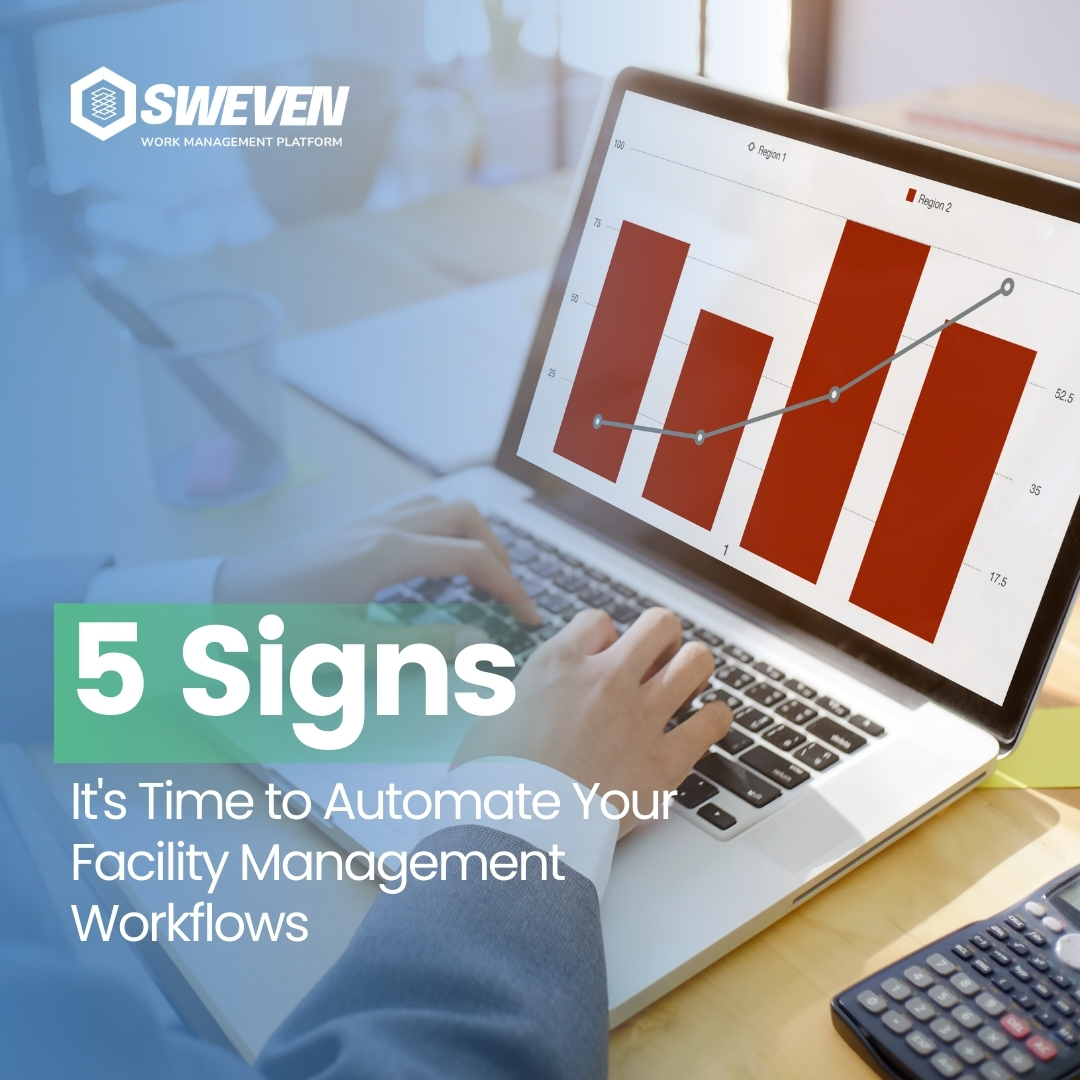When a maintenance planning and scheduling function is being established, the first questions that usually arise are where and how it fits into the organization. The first answer is that it is structured within the maintenance organization, not outside it. Second, it should be organizationally independent of the specific maintenance supervisors it is both tasking and supporting. This arrangement is based on the principle of checks and balances. If planning reports to first-line maintenance supervisors, there is a tendency to establish lenient expectancies in terms of estimates and schedules. There is also a tendency to use the planner for daily expediting, clerical work, and other reactive and inappropriate duties.

Planners, therefore, should be on the same organizational level as the supervisors they support on a week-to-week basis. Neither should be superior or subordinate to the other. Unless the maintenance department is large, both supervisors and planners should report to a common maintenance manager. If the department is large and has several support positions including planners, maintenance engineers, and administrators (clerks), then a Manager of Maintenance Support Services position is recommended to lead all support functions. In this scenario, this manager and the Maintenance Manager (to whom line supervisors are responsible) should both report to a common Director.
Don Nyman Joel Levitt
“Maintenance Planning, Coordination and Scheduling Second Edition”,
p41
























